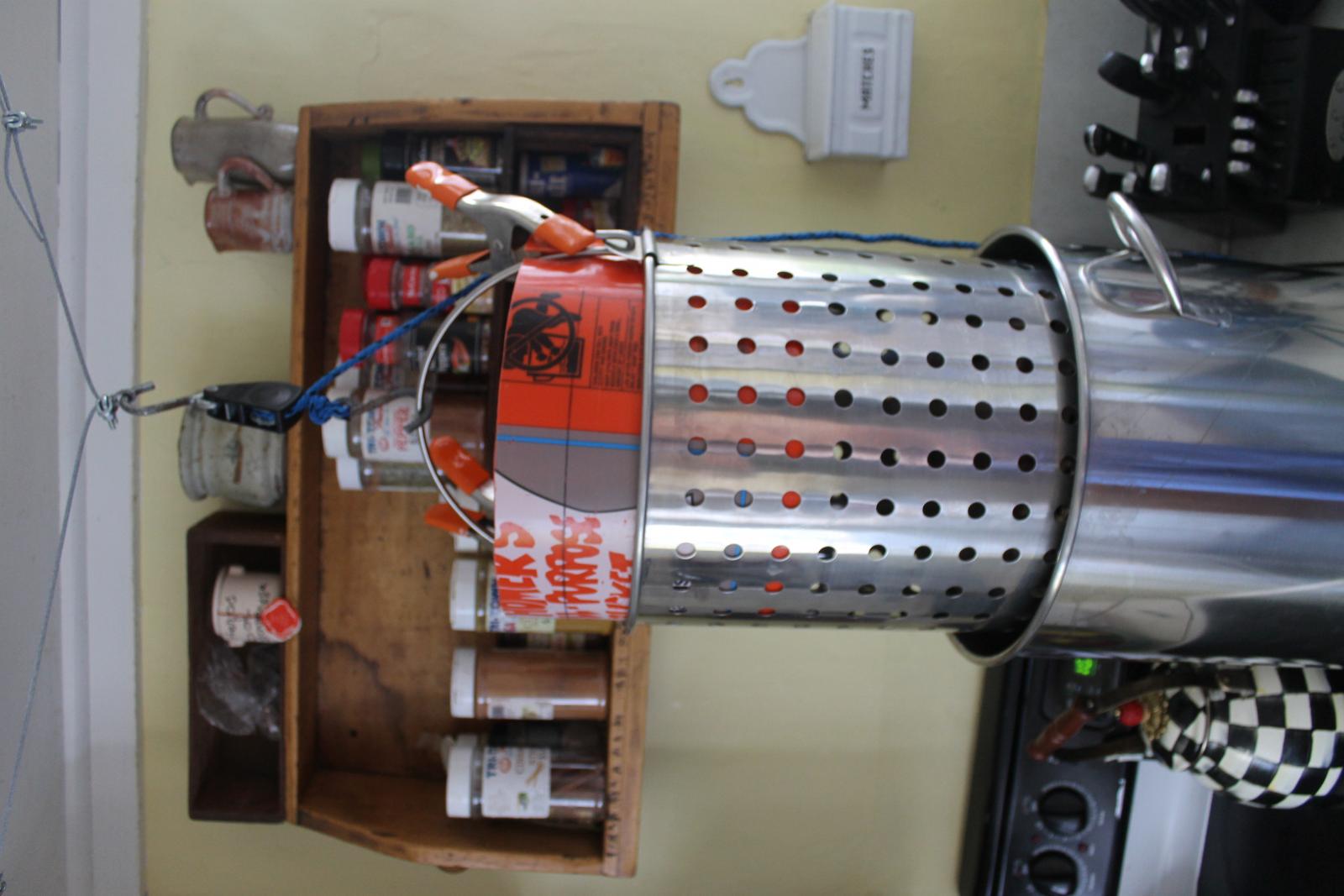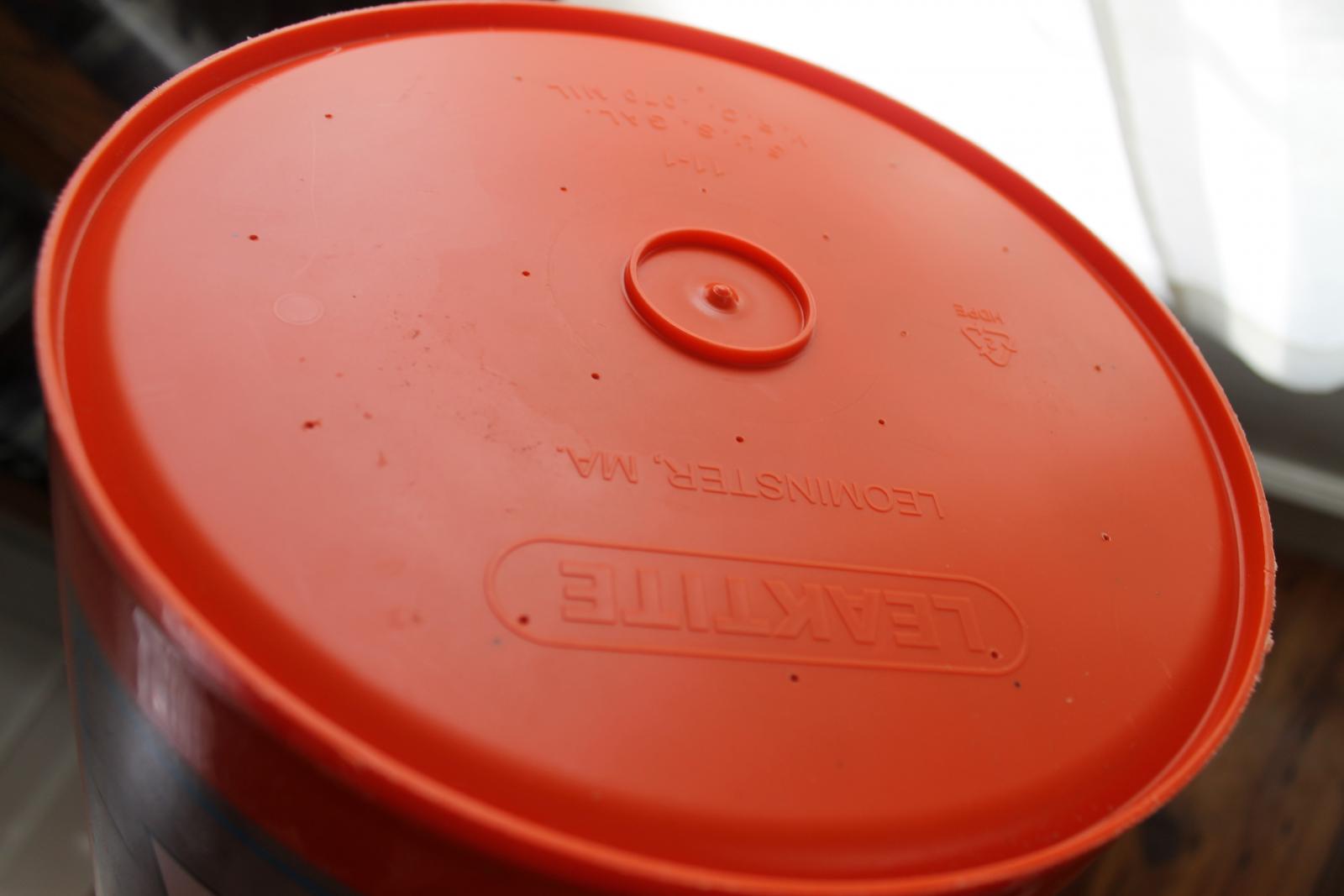Until now I have only been doing 3 gallon BIAB batches in the all grain world. This has worked great with my 9 gallon Bayou kettle.
The problem is that I want to do 5 gallon batches now like I did with extract but my kettle is close to it's limit for most grain bills to do this. The next brew day I am planning a recipe that the Priceless BIAB calculator is calculating total volume to be 8.65 gallons with grain and full water volume.
Is this cutting it too close at the top? Not sure how much that will rise when heated up to 153F and then 170F. Of course the other option is to sparge which I have not been able to find much info on for BIAB. I have an additional 4 gallon kettle I can use. What is the best way to get this done?
The problem is that I want to do 5 gallon batches now like I did with extract but my kettle is close to it's limit for most grain bills to do this. The next brew day I am planning a recipe that the Priceless BIAB calculator is calculating total volume to be 8.65 gallons with grain and full water volume.
Is this cutting it too close at the top? Not sure how much that will rise when heated up to 153F and then 170F. Of course the other option is to sparge which I have not been able to find much info on for BIAB. I have an additional 4 gallon kettle I can use. What is the best way to get this done?























![Craft A Brew - Safale BE-256 Yeast - Fermentis - Belgian Ale Dry Yeast - For Belgian & Strong Ales - Ingredients for Home Brewing - Beer Making Supplies - [3 Pack]](https://m.media-amazon.com/images/I/51bcKEwQmWL._SL500_.jpg)








































